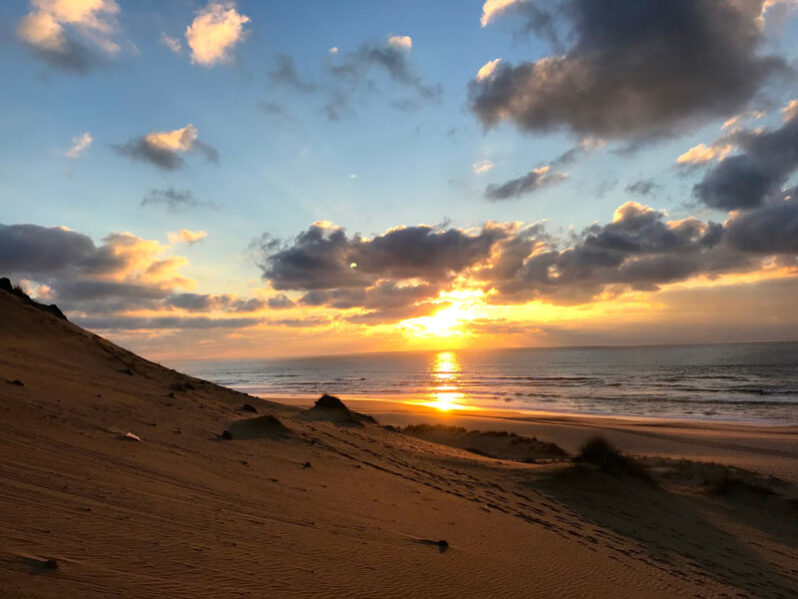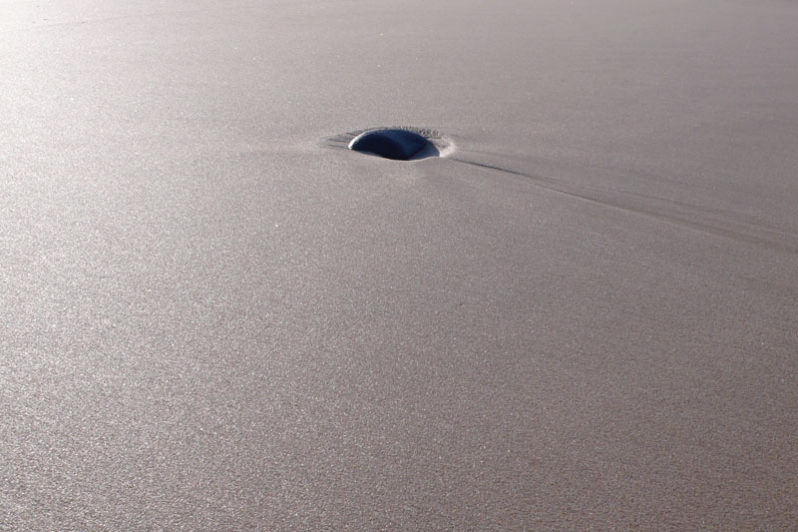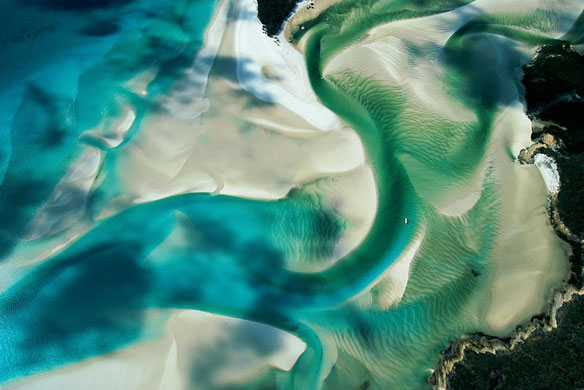Trust nature: The best way to defend deltas against rising seas is with sand and mud

Sediment constantly and naturally replenishes deltas, keeping them — and all the people, fields, industries, cities and wildlife that rely on them — above the water. While scientifically proven, this surprising fact has struggled to gain much traction outside the small world of geomorphologists
Concerns surround around beach safety following 8-year-old boy buried by sand

While many beach goers are aware of the dangers of the water, sand can be just as dangerous.
Still sandy after all these years

When oceanographer Serge Andréfouet first saw a satellite image of the Great Bahama Bank, he knew the colors and contours were special. There are many nice seagrass and sand patterns worldwide, but none like this anywhere on Earth,
Sand dunes can ‘communicate’ with each other

Even though they are inanimate objects, sand dunes can ‘communicate’ with each other. A team from the University of Cambridge has found that as they move, sand dunes interact with and repel their downstream neighbors.
The sound of the sand from the Dutch shores

Sand, it turns out, has a signature sound of its own, and now scientists have found a way to tune in. In this study, scientists examine sand from the Dutch shores to link its unique acoustic traits to the source of the sand.
The Best White Sand Beaches in the World

From the Maldives to Panama City Beach, there’s something for everyone.
From destruction, creation: A new black sand beach is born on the island of Hawaii

The eight-mile-long river of lava that poured down the slopes of Kilauea volcano on the island of Hawaii last spring destroyed nearly everything in its path. But part of what it left behind offers a glimmer of hope for the battered land and economy: a new black sand beach.
Cox’s Bazar Beach, Bangladesh

Stretching a remarkable 75 miles in length, Cox’s Bazar Beach is the longest uninterrupted natural sand beach in the world. To be precise, there are some beaches—like Praia do Cassino Beach in Brazil and Ninety Mile Beach in Australia—that are longer than Cox’s Bazar, but they are not natural sand.
Beach sand ripples can be fingerprints for ancient weather conditions

Experiments show shifting ripple patterns can signal times of environmental flux.
